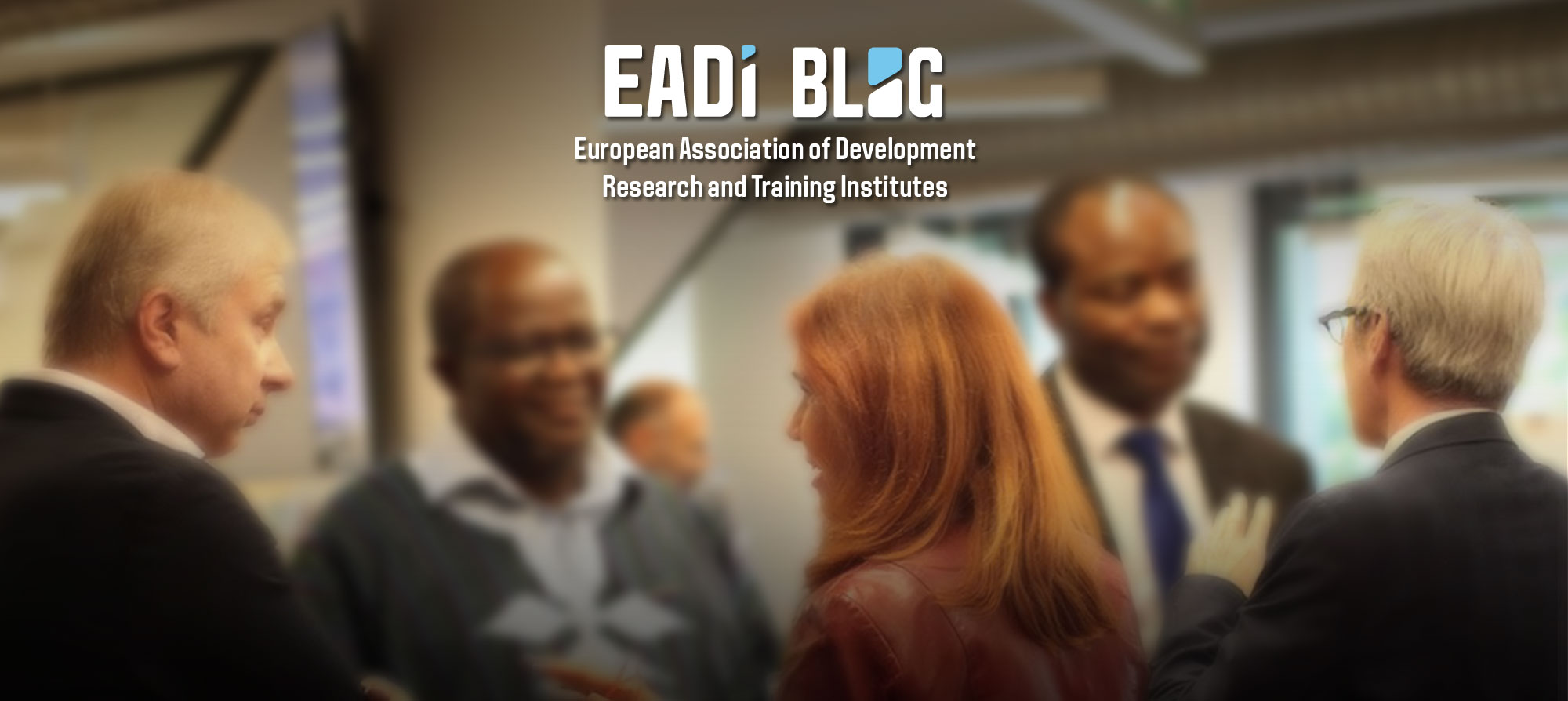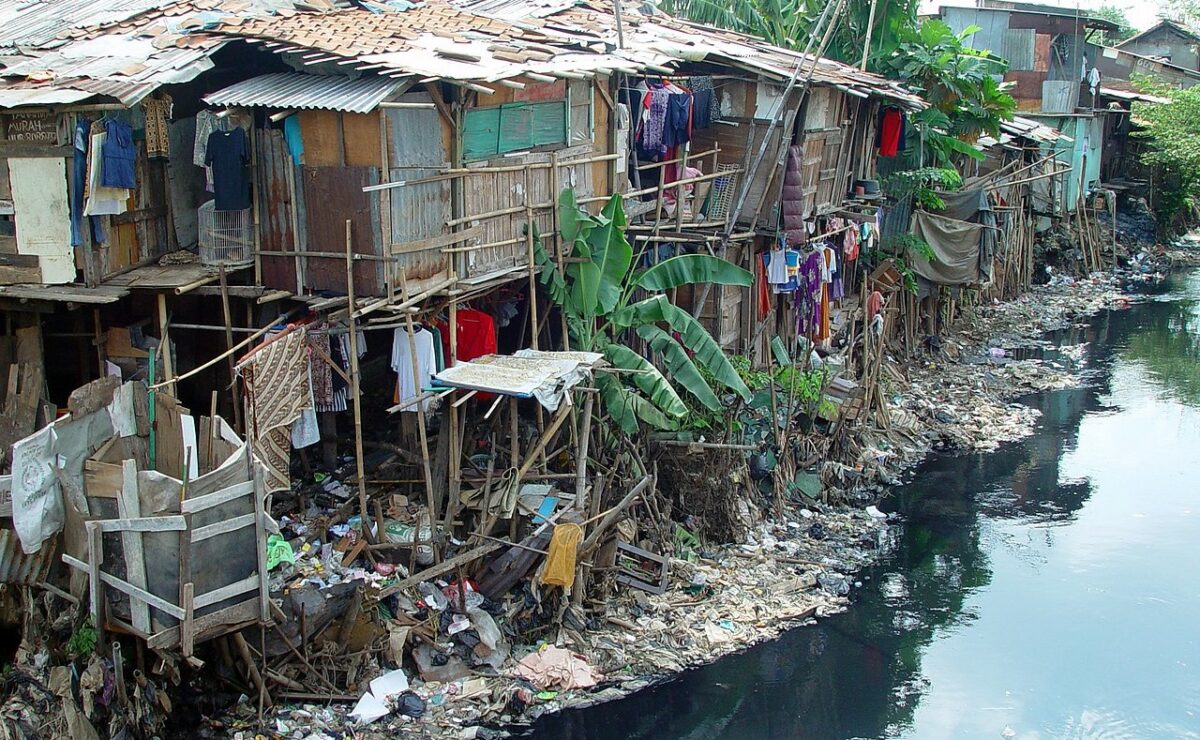By Arief Anshory Yusuf, Zuzy Anna, Ahmad Komarulzaman and Andy Sumner
Two days ago was the UN International Day for the Eradication of Poverty (you already knew that, right?). In new analysis for UNU-WIDER, we assess progress towards the global poverty-related SDGs, specifically monetary poverty, undernutrition, child and maternal mortality, and access to clean water and basic sanitation. Our analysis then looks forward, making projections on the state of global progress over the coming years, up to the 2030 deadline for meeting the SDGs.
It’s not looking good. Our findings show that economic growth alone will not be enough to end global poverty and meet the global poverty-related SDGs which will be missed by a considerable distance. That’s just numbers – we need to remember what they mean in terms that are all too human: millions of lives blighted unnecessarily by sickness, poverty, and death.
These basic goals will not be achieved by 2030 without radical changes in policies to address national and global inequalities. Stronger emphasis is needed on inclusive growth and productive capacities (a.k.a. SDG 8) alongside social policy.
The lost decade returns?
In the 1980s, many developing countries experienced stagnant or declining progress on many indicators of standards of living, earning the decade the infamous ‘lost decade’ label. Our sobering new projections indicate we may face another lost decade in the 2020s unless urgent action is taken.
We make new projections across a set of poverty-related SDGs with a consistent methodology. We chose seven indicators based on their strong historic correlation to Gross Domestic Product (GDP) per capita (which we test) and the existence of sufficient country-level data to make projections. This enables credible projections using the growth forecasts.
Why now?
This year is halfway to the 2030 deadline, from 2015 when the SDGs were agreed. Further, our estimates use economic growth forecasts that take into account recent global shocks, such as the COVID-19 crisis and the inflation shock triggered by the Ukraine war.
What do we find? Widespread failure to meet the set of poverty-related SDGs.
Here are the headline findings for countries of the Global South:
- over 600 million people will remain in extreme poverty in 2030.
- the number of undernourished people will be higher in 2030 than in 2015 when the SDGs were agreed, reaching 665 million in 2030. And more than one in five children will be stunted in 2030.
- there will be an increase in the number of people living in extreme poverty in Sub-Saharan Africa (SSA) and low-income countries (LICs), though most of world’s undernourished people will continue to be in middle-income countries.
- one in ten of the population of developing countries will still lack access to clean water, this rate will be 1 in 3 people in SSA and in LICs
- More than one in five people in developing countries will still lack basic sanitation, with 2/3 of people in SSA and in LICs lacking access to basic sanitation
In short, the findings are sobering. A potential ‘new lost decade’. The major constraint on growth and progress towards the SDGs will be debt-servicing which will limit social and productive spending in the Global South between now and 2030.
In fact, that is the root cause of this potentially catastrophic failure: the post-pandemic debt overhang and rising interest rates are triggering a new era of austerity across much of the Global South to ensure debt servicing. This in turn is hampering government’s abilities to raise incomes and spend what is need on the SDGs (and could delay essential climate adaptation investments).
What should be done?
Urgent policy action is required. There is an urgent need for redistributive measures.
To change course, we need urgent policy action on two fronts:
First, a stronger focus is needed on inclusive growth and productive capacities. Specifically, new international financing needs to be made available through debt relief or other forms of finance to expand fiscal space across countries of the Global South to ensure that a stronger focus on SDG 8 can happen. This financing should ensure social and productive spending expands, rather than contracts.
Second, that focus should entail redistribution alongside growth through policies that build productive capacities, introduce, or expand income transfers to meet the extreme poverty target, and ensure sufficient public investment to meet the health, water, and sanitation SDGs.
In short, today’s trajectory demands a forceful seismic shift towards redistribution, nationally and globally.
It also requires new finance to flow to the Global South. Facing lost decades past and present, radical policy changes now provide the only hope of ending global poverty.
This is the pathway to have any hope of achieving the poverty-related SDGs.

Arief Anshory Yusuf is Professor of Economics at the Department of Economics, Padjadjaran University, Indonesia, Research Affiliates at Department of International Development of King’s College London, and Honorary Senior Lecturer at Crawford School of Public Policy of the Australian National University.
Zuzy Anna is Director of the SDGs Center Unpad. She is a Lecturer at Faculty of Fisheries and Marine Science, Universitas Padjadjaran.
Ahmad Komarulzaman is is a Lecturer and researcher at the Department of Economics, Padjadjaran University.
Andy Sumner is Professor of International Development at King’s College London and President of the European Association of Development Research and Training Institutes (EADI).
Image: Jonathan McIntosh under a creative commons licence on Wikimedia
Note: This article gives the views of the authors, not the position of the EADI Debating Development Blog or the European Association of Development Research and Training Institutes.

